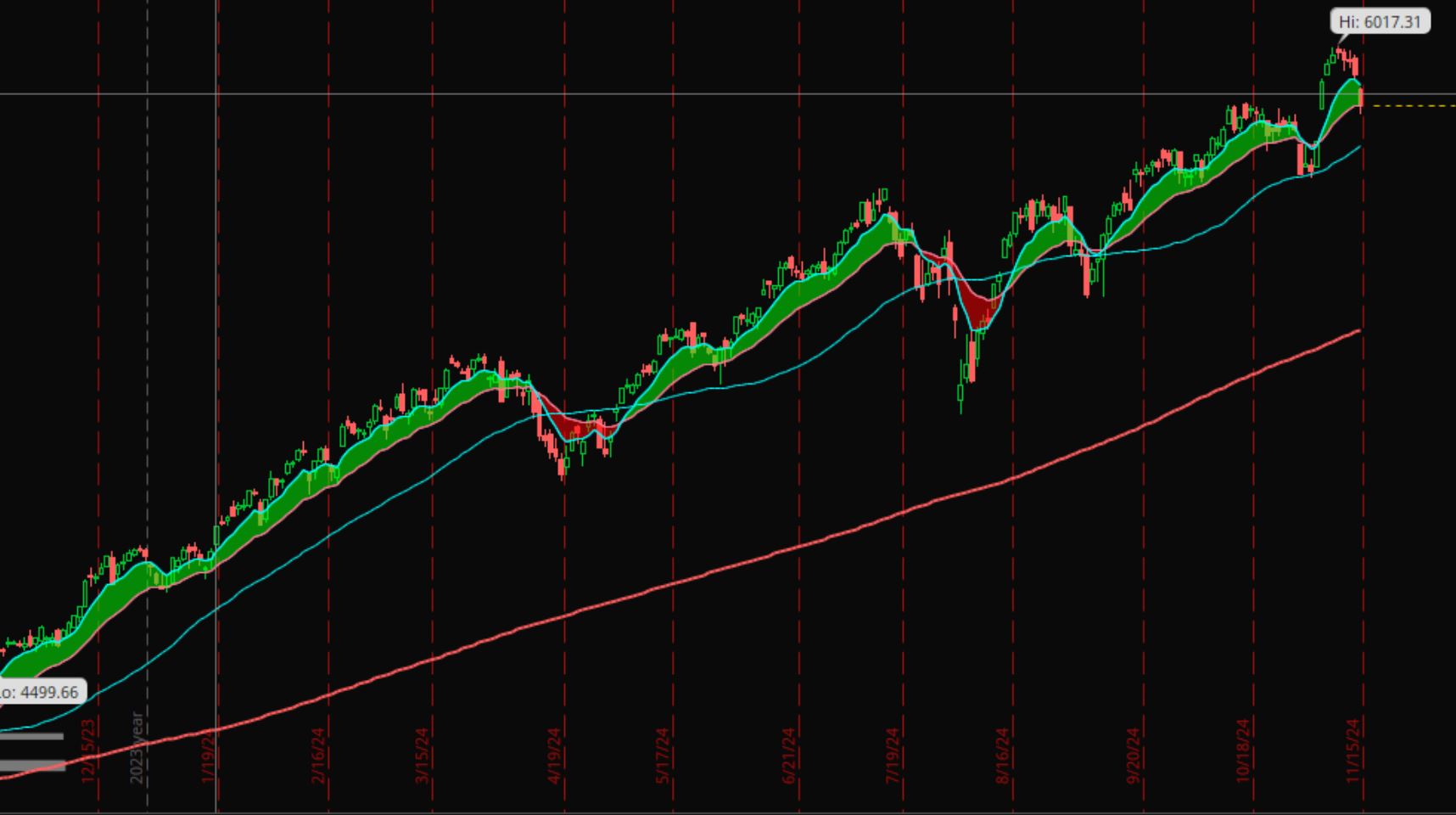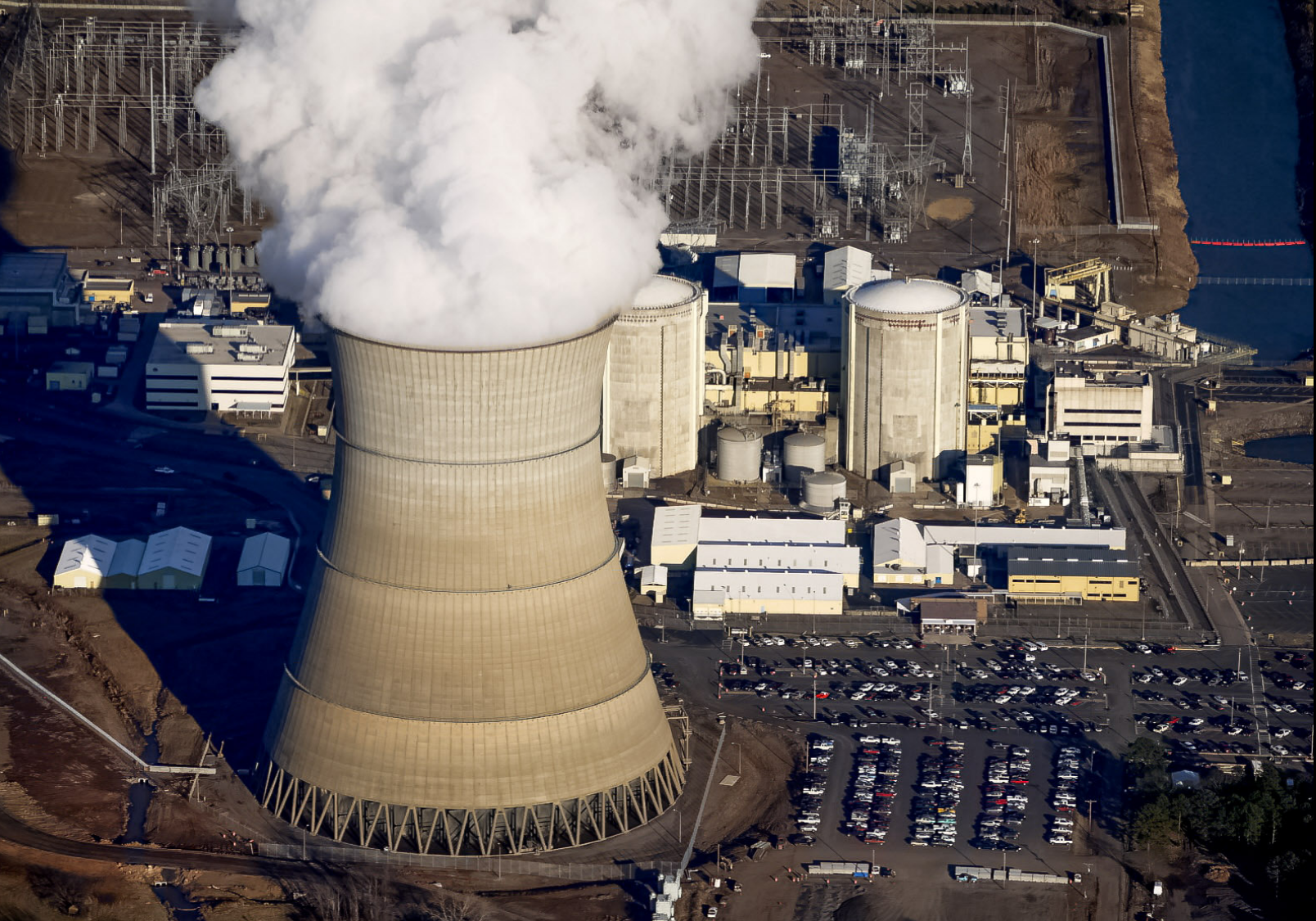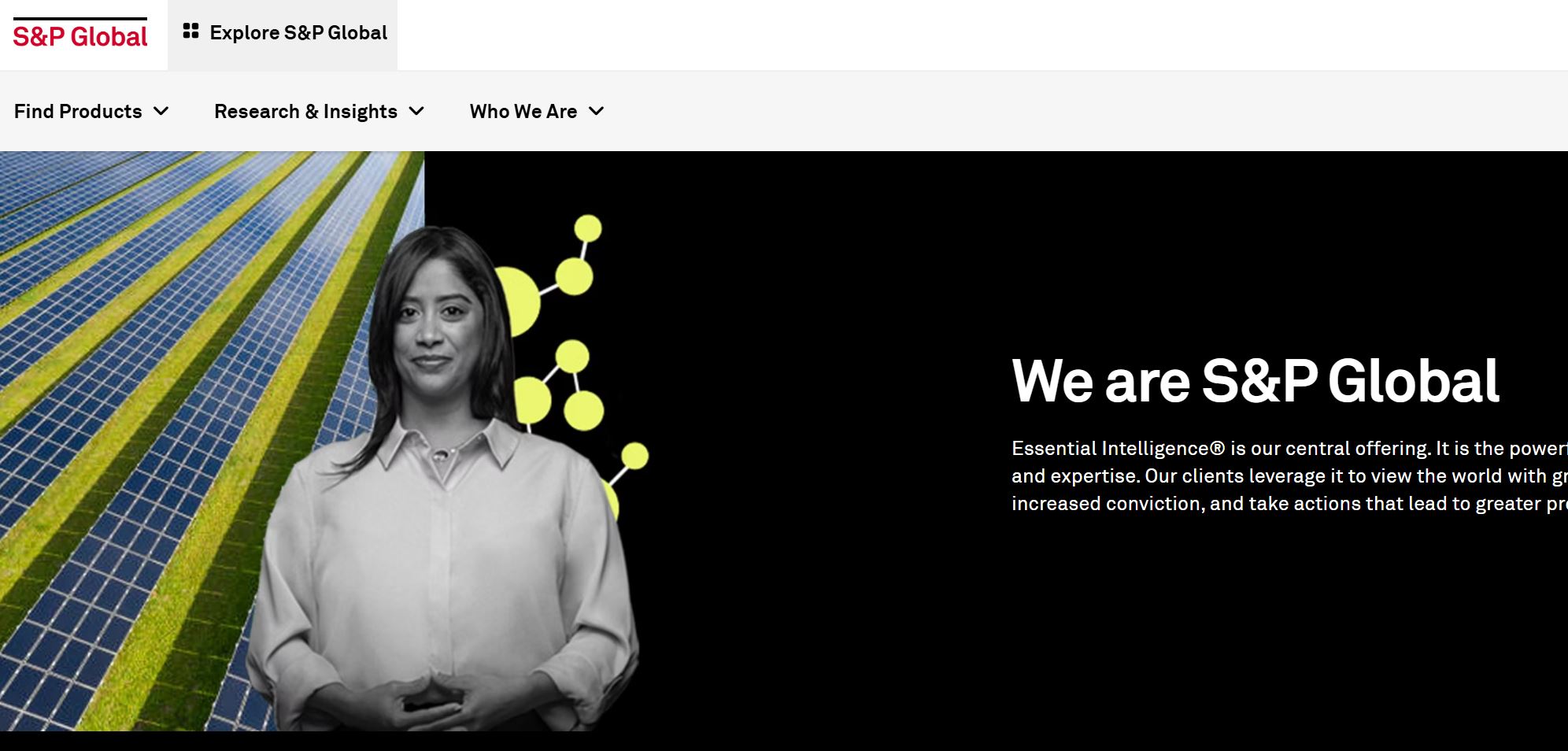If you’re a new investor, welcome. You’ve just stepped into one of the most fascinating theaters of human behavior: the stock market. At first, it might look unpredictable, chaotic, and even intimidating. But spend a little time studying its patterns, and you’ll discover something surprising—the stock market doesn’t really change. It’s the same movie playing over and over again, just with different actors and updated headlines.
Let’s walk through the familiar storyline that has repeated itself for decades, if not centuries. Understanding this cycle is one of the most important lessons any investor can learn early on.
Act 1: A Big Macro Event Shakes the Stage
It always begins with a macroeconomic event—something big enough to grab the world’s attention. It might be a sharp rise in interest rates, a sudden geopolitical conflict, a pandemic, a banking crisis, or runaway inflation. The exact event changes from one cycle to the next, but its effect is always the same: uncertainty.
And if there’s one thing the market dislikes, it’s uncertainty.
Act 2: Panic Sets In
As the event unfolds, markets react swiftly—and often dramatically. Stock prices fall, news outlets amplify fear, and experts on TV warn of long-term economic damage. Social media feeds fill up with negativity. Panic spreads fast, especially among new investors who haven’t seen this cycle before.
You’ll hear phrases like “this time it’s different” or “this could be the end of the system.” These words aren’t new—they’re part of the script. They’ve been repeated in every crisis, from the Great Depression to the 2008 financial meltdown, to COVID-19.
Act 3: The Moment of Hesitation
Oddly enough, many people who previously said, “I wish the market would drop so I could buy cheap” suddenly go quiet. Now that prices are lower, they hesitate. Why? Because fear is louder than logic. It’s emotionally harder to buy when the world feels uncertain—even if the prices are more attractive than ever.
Act 4: The Rebound
Eventually, things begin to stabilize. The economy adjusts. Businesses adapt. People return to work. Maybe inflation cools or interest rates pause. As the dust settles, investors realize the sky isn’t falling after all.
The market starts to recover. Slowly at first, then more confidently. Prices rise, optimism returns, and the very stocks that were avoided during the panic start hitting new highs.
Act 5: “Now It’s Too Expensive”
As the market climbs higher, a new emotion takes the stage: regret. The same people who stayed on the sidelines now say, “It’s too expensive to buy.” They wish they had acted when prices were low—but back then, they were too scared.
Now they’re too cautious. And so, they wait for the next crash to finally make their move… only to repeat the same behavior.
Act 6: The Cycle Repeats
Then a new macro event shows up. The cast changes, the headlines change, but the script stays the same. Uncertainty → Panic → Hesitation → Recovery → Regret → Repeat. It’s the timeless rhythm of the market.
What Can You Learn From This?
If you’re a new investor, this pattern is your most powerful teacher. It shows that the greatest risk isn’t the market itself—it’s how we react to it.
Smart investing isn’t about predicting the next crisis or the next boom. It’s about staying calm, thinking long-term, and recognizing that emotion is the enemy of discipline. The investors who succeed over decades are the ones who trust the process, even when the story gets dramatic.
So next time you hear people shouting “It’s different this time,” take a deep breath. Remind yourself that you’ve seen this movie before—or at least, now you know how it usually plays out.
And instead of panicking, consider this: Every dip is an opportunity in disguise. Every recovery is proof of resilience. And every new crisis? Just the beginning of the next cycle.












Leave a Reply